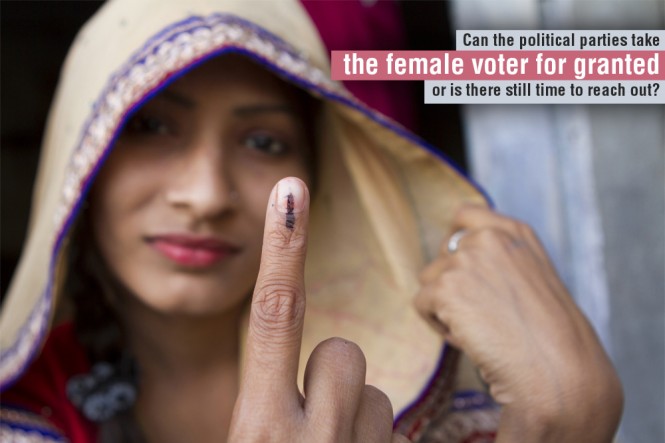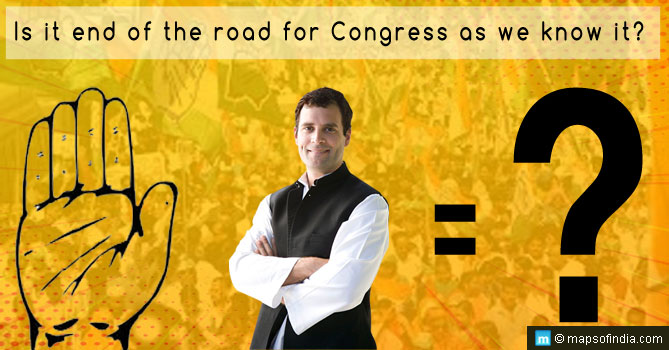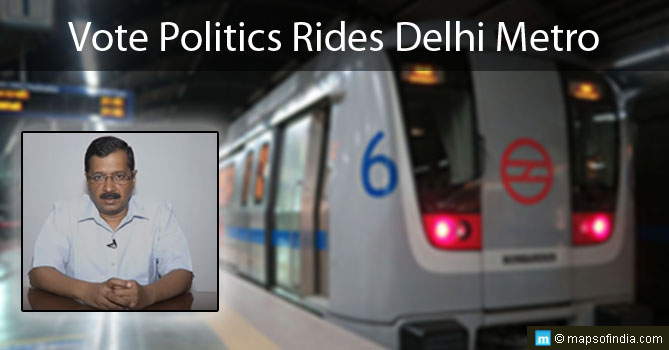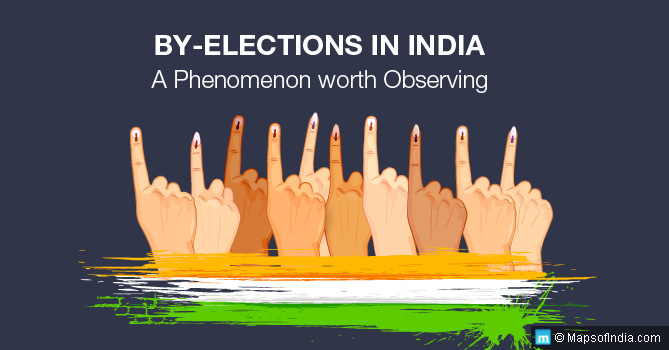
Woman voter: Will she be the decider
India’s votes lie in the rural majority but have the political elite taken the role of the woman voter for granted. The psyche of the female voter has evolved along with a society in transition. Social norms along with cultural lifestyles have been greatly influenced in the last two decades with the advent of television and internet, in more recent times.
Aspirations that would have been a luxury a decade ago is now a reality taken for granted. Nothing reflects this more than the use and acceptance of the mobile phone in rural India. The simple housewife who until recently remained totally cut off from worldly affairs now possesses a mobile and is exploiting the power of the mobile by discussing topics ranging from MNREGA to the current TV serial with her relatives. The mobile along with the television has now made her aware of what she ‘does not’ have and this alone is now shaping her aspiration for her children, her family and lastly herself.
So what does the rural Indian female voter really want? The answer is, water, work, micro finance, health care and cheaper food. Isn’t that pretty basic. Yes and no. At the local level, the female voter is very concerned and her demands clear. But at the national level, a different set of priorities emerge. A recent survey covering both urban and rural voters, conducted by the Lok Foundation showed that 27% of the urban voter and 23% of the rural voter listed economic growth as a leading priority followed by corruption and price rise. This is contrary to priorities at the local level. And the woman feels the maximum impact of issues that touch her and her family’s life.
Ever since independence, the rural woman voter was largely influenced by her husband’s instruction on who to vote for. Therefore, the male rural voter always remained the focus of the politician’s campaign target. Today’s reality is different. She now has a mind of her own. Her opinion is influenced by what she sees and follows on TV backed by personal discussions among her peer group and is beginning to demand what she believes is her right. So what are her expectations? A survey conducted by the National Sample Survey Office (NSSO) on 95,000 households found that an average household (read woman) had to walk 2-5 kms per day to fetch water. So after 67 years of independence, would any politician like to ask his female electorate what they would like him to do? Is drinking water an issue in this election? You bet it is.
MNREGA has been largely beneficial to those who have actually received the payments and this in turn is changing life like never before. The woman has now found her voice and this is being reflected by her desire to seek out and avail micro finance. Yes, micro finance has the potential to change the dynamics of rural lifestyle as has been seen through successful implementation in Bangladesh by Grameen Bank followed by several programs in India across states.
Another emerging dynamic is the young urban female voter that has now joined the ranks of those eager to voice their opinion and exercise their franchise for the first time. The impact of social media can be seen in the very vocal stance amongst this group that their voice be heard. The youth factor is significant in this election and can be seen in the dramatic rise in the new voter’s list.
Can the political parties take the female voter for granted or is there still time to reach out? The coming elections may well surprise us all but how many will recognize the impact of the female voter swing? The times they are a-changin (Bob Dylan).
Related Information
Parliamentary Election Results
Women Members of Parliament in India
Candidates List for General Elections 2014





